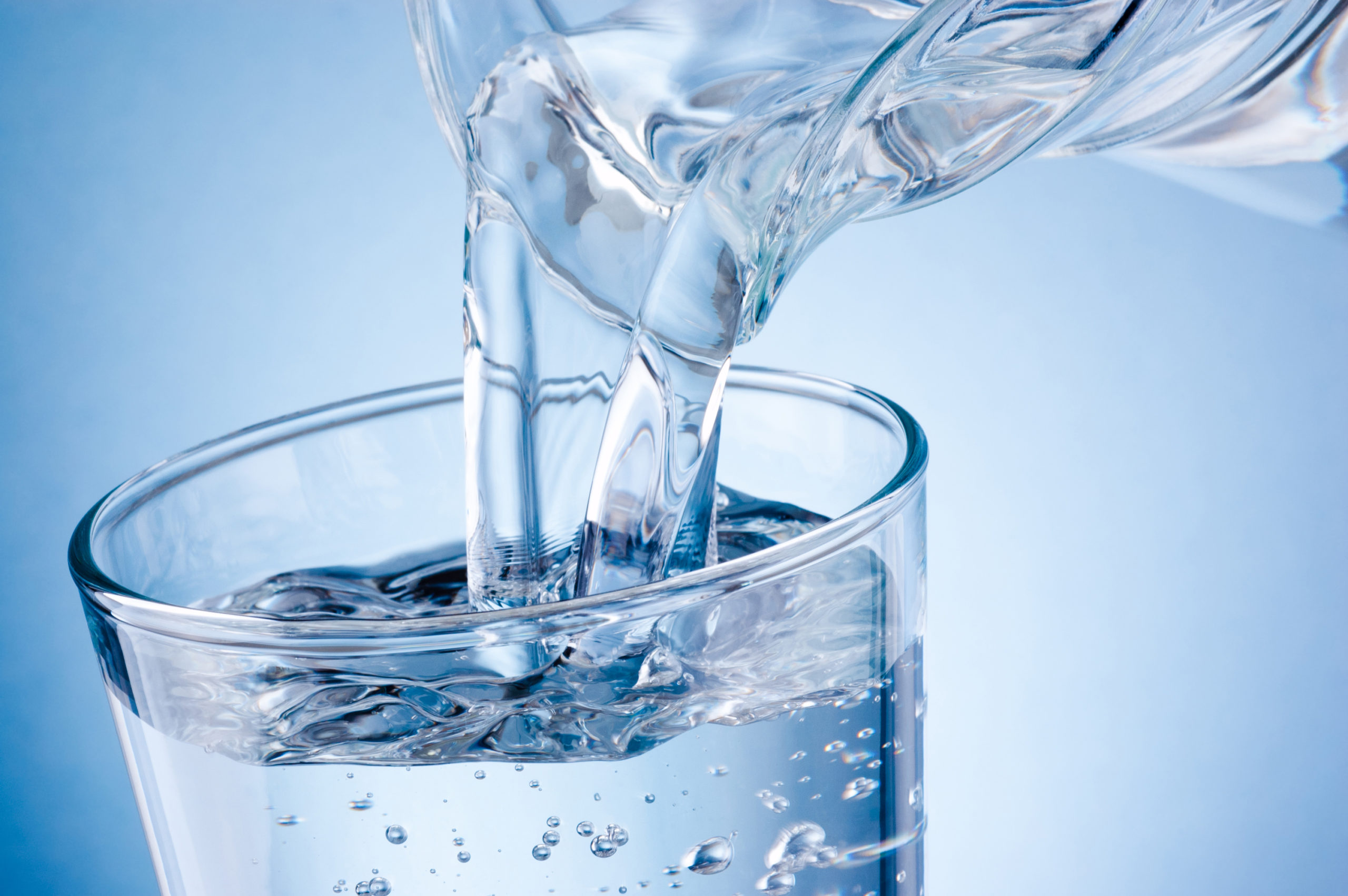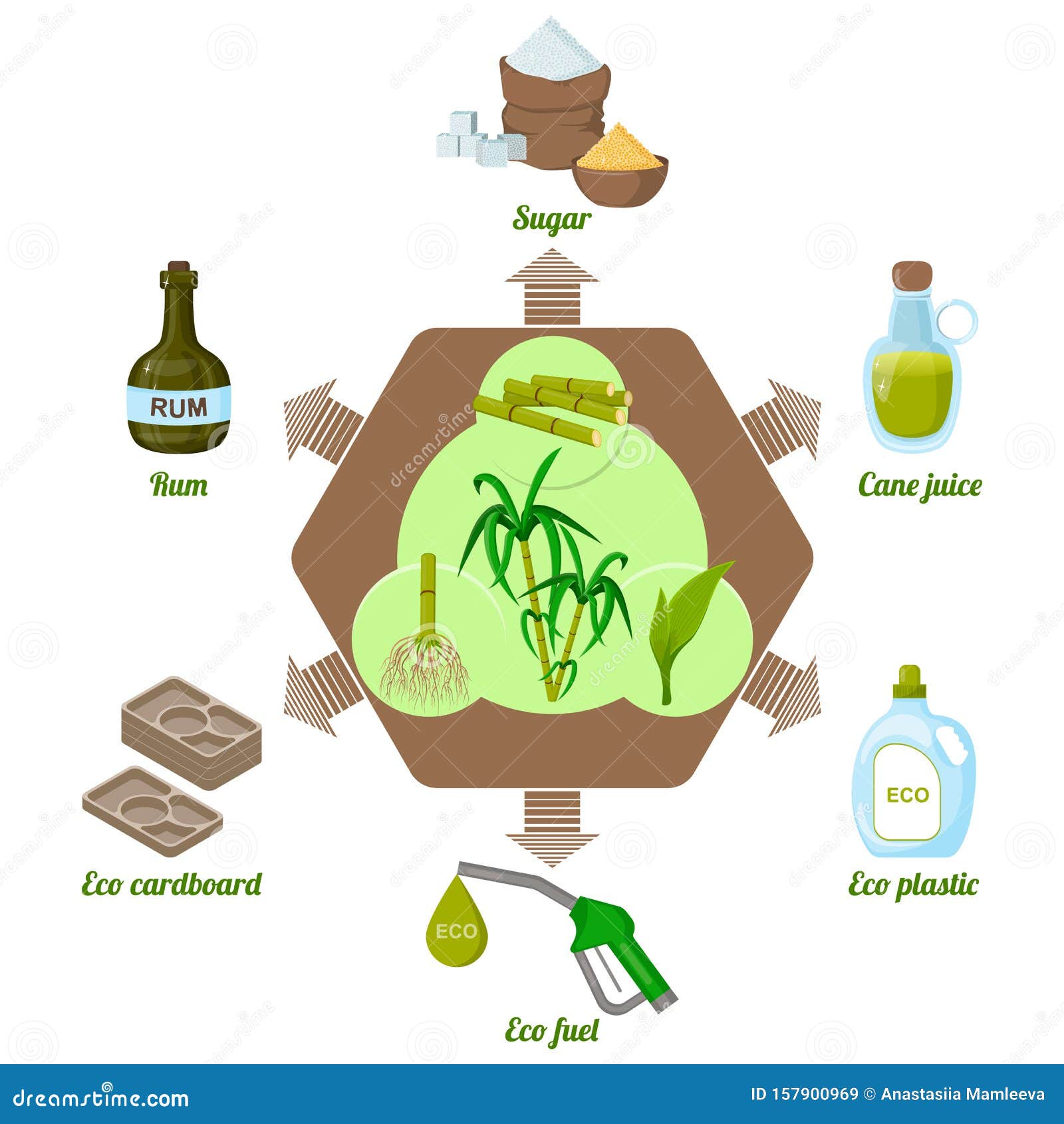Trending Uses for sugar cane products in Today’s Market
Revealing the Manufacturing Secrets Behind Sugar Cane and Its Diverse Series Of Products
The manufacturing journey of sugar cane is complex and multi-faceted. It begins in the areas, where cautious harvesting strategies established the phase for optimal sugar removal. The procedure includes several phases, consisting of juice removal and refining - sugar cane products. Sugar cane's prospective expands far past simple sweet taste. Innovations in processing and sustainable methods are improving its duty in contemporary sectors. What exists ahead for this flexible crop? The responses may stun those interested in its future
The Journey of Sugar Cane: From Area to Manufacturing facility

As sugar cane guides carefully in the exotic breeze, it begins a transformative journey from field to factory. The vibrant eco-friendly stalks, rich in sucrose, are cultivated under optimal conditions, taking advantage of ample sunlight and rainfall. Farmers meticulously keep an eye on the growth, making certain the plants reach their peak maturity, which is essential for making best use of sugar content.Once matured, the cane is planned for harvesting, where its fibrous structure holds the guarantee of pleasant items. The trip continues as the stalks are transferred to processing facilities, where they undertake a series of meticulous steps. At the factory, the cane is washed, shredded, and pushed to draw out the juice. This juice is then made clear and vaporized, leading the means for condensation. Each phase of this trip is crucial, as it eventually determines the quality of the sugar and various other items acquired from this versatile plant.
Harvesting Methods: The First Action in Production
Collecting sugar cane calls for accuracy and skill, as the timing and strategy directly impact the top quality of the final product. The procedure usually starts with establishing the excellent harvest time, which is important; sugar material peaks simply prior to the plant gets to full maturity. Farmers typically rely upon experience and agricultural signs to choose when to harvest.Two major methods control the collecting landscape: handbook and mechanical methods. Hand-operated harvesting, though labor-intensive, permits mindful option of stalks and reduces damage. Workers use machetes to reduce the cane near to the base, ensuring the stalks remain undamaged for processing.Mechanical harvesting, on the various other hand, utilizes specialized tools to cut and collect the cane rapidly. While this technique greatly increases effectiveness, it might lead to higher levels of debris and reduced sugar material. Ultimately, the selected strategy affects not just the quantity yet likewise the top quality of sugar cane delivered to refining facilities.
The Extraction Refine: Unlocking the Sweet taste
The removal procedure is crucial for transforming gathered sugar cane into pleasant juice. Various methods of juice extraction can significantly affect the high quality and yield of the end product. Understanding these methods is crucial for taking full advantage of the benefits of sugar cane production.
Harvesting Techniques Explained
Launching the sweet taste of sugar cane begins with precise harvesting techniques that assure maximum return and top quality. The process usually entails reducing the cane at ground level, making sure minimal damages to the plant and permitting regrowth. Farmers often make use of machetes or specialized machines, relying on the scale of the operation. Timing is crucial; gathering occurs when the sugar web content reaches its height, normally throughout dry seasons. In addition, workers need to be trained to recognize the very best stalks, staying clear of those that are too old or infected. Efficient transportation to refining centers is additionally essential, as delays can result in sugar degradation (sugar cane products). These thorough techniques ultimately lay the structure for creating high-grade sugar and its varied by-products
Juice Removal Approaches
Juice removal is a vital step in changing sugar cane into its wonderful significance. This process usually involves several techniques, each created to effectively extract the sugary fluid from the coarse stalks. One of the most usual method is milling, where the sugar cane is crushed in between hefty rollers to release the juice. An additional method is diffusion, which utilizes warm water to liquify the sugar from the cane fibers, making it a much more reliable option for massive procedures. Furthermore, some producers utilize screw presses, which use mechanical stress to remove juice. After removal, the juice undergoes explanation to remove contaminations prior to additional processing. Each approach mirrors the industry's concentrate on making the most of return and guaranteeing top quality sugar manufacturing.
Refining Sugar: Changing Raw Cane Into Granulated Gold
The refining process is vital for transforming raw cane sugar into the pure, granulated product consumers recognize. sugar cane products. This involves a series of removal and purification steps to remove impurities, complied with by crystallization and drying techniques that enhance the sugar's top quality. Comprehending these methods exposes the intricate transformation from cane to the golden granules that sweeten numerous foods and drinks
Removal and Filtering Process
A vital phase in the sugar manufacturing trip entails the extraction and filtration of juice from newly harvested sugar cane. This process starts with squashing the cane to release its wonderful juice, commonly using huge rollers or mills. The extracted juice has not just sugar but additionally contaminations, consisting of fibers and mud. To assure the juice appropriates for additional refining, it undergoes a filtration procedure. This involves passing the juice through numerous filters and clarifiers to eliminate strong fragments and unwanted materials. Chemicals such as lime may be included in assist in the explanation procedure. The outcome is a clear, raw cane juice that functions as the structure for creating refined sugar, all set for subsequent stages of handling.

Condensation and Drying Methods
After the removal and filtration processes produce clear raw cane juice, the following action in sugar manufacturing is formation. This procedure involves steaming the juice to evaporate water, enabling sugar particles to develop crystals. As the fluid thickens, it gets to supersaturation, motivating sugar to take shape. The mixture is then cooled down, promoting additional crystal formation. As soon as condensation is full, the sugar crystals are divided from the remaining syrup through centrifugation.The last phase includes drying, where the crystals are revealed to cozy air to remove residual dampness. This action is crucial, as it assures the item accomplishes the preferred granulation and shelf security. The result is pure, granulated sugar, ready for packaging and circulation.
Beyond Sweetness: Diverse Products From Sugar Cane
While sugar cane is primarily recognized for its wonderful flavor, its versatility prolongs much go to my site beyond simple sweet taste. This resilient plant works as the source for a myriad of items that deal with varied sectors. Ethanol, acquired from sugar cane fermentation, plays a crucial duty in eco-friendly power, serving as a cleaner alternative to fossil gas. Additionally, molasses, a result of sugar refining, is used in pet feed, along with in cooking and fermentation processes.Sugar cane's coarse residue, called bagasse, is not wasted; it is changed right into eco-friendly packaging materials and functions as a biomass fuel resource. In addition, different sugars and syrups gotten from sugar cane locate applications in the food and drink field, adding to flavoring and preservation. The plant's fallen leaves can be utilized for thatching, while its juice is taken in as a renewing drink in many societies. As a result, sugar cane exhibits agricultural potential past its sugary online reputation.
Advancements in Sugar Cane Handling
As advancements in modern technology remain to reshape various markets, sugar cane handling is experiencing a considerable transformation. Modern technologies, consisting of automated harvesting and precision agriculture, are enhancing performance and yield. Drones and sensing units monitor crop health, allowing farmers to enhance watering and nutrient application, ultimately increasing productivity.In processing centers, state-of-the-art machinery and equipment simplify operations. Advancements such as enzymatic handling and advanced filtering methods boost the removal of sugar while reducing waste. Additionally, the adoption of real-time information analytics makes it possible for producers to keep an eye on processes closely, ensuring top quality control and decreasing downtime.Biotechnology is additionally playing a critical function; hereditary adjustments enhance sugar cane's resistance to insects and environmental stressors. These advancements not just add to higher sugar returns yet additionally facilitate the manufacturing of varied byproducts from the cane, expanding its commercial applications. Generally, these technologies are leading the way for an extra effective and lasting sugar cane processing market.
The Future of Sugar Cane: Sustainability and Bioproducts
The future of sugar cane production is increasingly linked with sustainability and the growth of bioproducts. As worldwide demand for green alternatives climbs, the sugar cane market is rotating in the direction of practices that lessen environmental influence. Innovations in growing techniques, such as accuracy agriculture and integrated pest administration, objective to boost return while reducing source consumption.Furthermore, sugar cane is being explored as a resources for biofuels, bioplastics, and various other sustainable items. These bioproducts not only use an eco-friendly choice to typical fossil gas and plastics yet likewise add to a circular economic climate by using waste materials.Research and development in biotechnology are paving the method for improved sugar cane selections that require much less water and plant foods, further advertising sustainability. By welcoming these advancements, the sugar cane sector can secure its future while dealing with vital ecological challenges, demonstrating its prospective as a cornerstone of lasting growth.
Often Asked Questions
What Are the Environmental Influences of Sugar Cane Farming?
The ecological impacts of sugar cane farming consist of logging, soil deterioration, and water pollution. Additionally, the use of chemicals can hurt biodiversity, while monoculture methods minimize environment resilience, positioning Recommended Site lasting sustainability difficulties for agricultural techniques.

Just How Does Sugar Cane Compare to Other Sugar Nutritionally?
Sugar cane, abundant resource in carbs, provides power but lacks important nutrients compared to options like honey or maple syrup, which use minerals and vitamins. Its high glycemic index also elevates concerns over blood sugar level spikes.
What Are the Health Conveniences of Consuming Sugar Cane Products?
The health advantages of consuming sugar cane products consist of enhanced digestion, enhanced power degrees, and possible antioxidant properties. Additionally, they may sustain hydration and supply crucial nutrients, adding positively to total well-being.
How Is Sugar Cane Waste Utilized After Processing?
After processing, sugar cane waste is used in various methods, including biofuel production, animal feed, and organic plant foods. This sustainable technique minimizes environmental impact while taking full advantage of resource effectiveness within the sugar market.
What Are the Historical Origins of Sugar Cane Growing?
